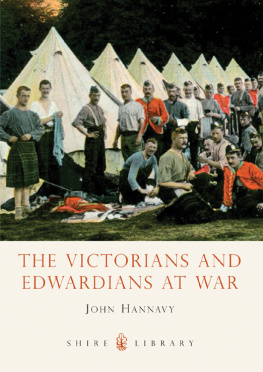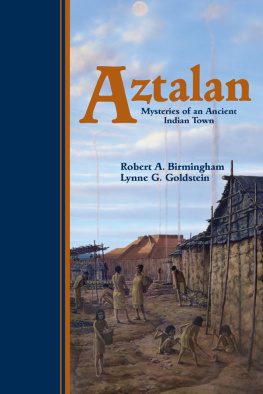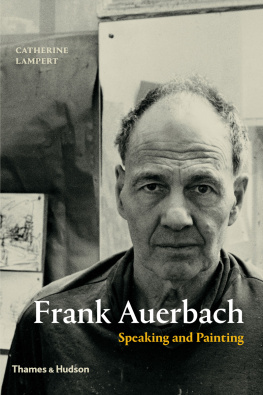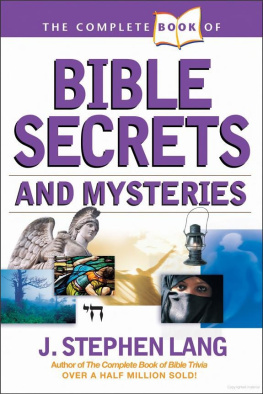Playing God:
Medieval Mysteries on the Modern Stage
Religious drama was one of the most vital art forms of the medieval era. Until very recently, however, the revival of interest in medieval culture has not included drama, because of a lingering fear of blasphemy associated with the representation of God on the stage. In Britain this fear was the legacy of the theatrical censorship which had been exercised by the Lord Chamberlains office for hundreds of years. Since 1968 and the abolition of that power medieval religious, or mystery, plays are once again appearing on stages of many countries.
John R. Elliott jr studies the modern context of this important medieval genre. He begins by describing general attitudes towards religious drama from the time of the Reformation, the popularity of the Oberammergau Passion Play in Victorian times, and specific attempts by producers to over-come official hostility to religious plays. He traces the history of the major modern productions of the mystery cycles, such as the York Festival and the Bristol University performance of the Cornish Ordinalia, up to 1980, and provides information about the careers of the two leading pioneers of modern mystery-play production, Nugent Monck and E. Martin Browne. The concluding chapter discusses the chief practical and aesthetic problems involved in staging mystery plays for modern audiences, and assesses the overall importance of their revival in the larger context of British theatre today.
JOHN R. ELLIOTT jr is Professor of English at Syracuse University. He is the author of The Prince of Poets: Essays on Edmund Spenser, co-editor, with Graham Runnalls, of The Baptism and Temptation of Christ, and editor of the Oxford University records for Records of Early English Drama.
STUDIES IN EARLY ENGLISH DRAMA 2
General Editor: J.A.B. Somerset
Playing God: Medieval Mysteries on the Modern Stage
JOHN R. ELLIOTT jr

University of Toronto Press 1989
Toronto Buffalo London
Printed in Canada
ISBN 0-8020-5606-7

Printed on acid-free paper
Canadian Cataloguing in Publication Data
Elliott, John R.
Playing God : medieval mysteries on the modern stage
(Studies in early English drama ; 2)
Includes bibliographical references and index.
ISBN 0-8020-5606-7
1. Theater England History 20th century.
2. Mysteries and miracle-plays. I. Title.
II. Series.
PN 2595.E 54 1989 792.160942 C 87-095197-1
Permission to reproduce photographs has been obtained from the following: () Department of Tourism, York
For my sons
Richard and Mark
who continue to share mysteries with me
Preface
This book attempts to supply a previously unwritten chapter in English theatrical history the story of the revival of the medieval mystery plays in the twentieth century. Ours is an age committed to the conservation of the past, yet few forms of art, dramatic or otherwise, have followed so tricky a path from oblivion to recognition as these fifteenth- and sixteenth-century Biblical dramas. Today performances of the mystery plays are enjoyed by audiences throughout England and other countries, but less than four decades ago they were almost totally unknown on the English stage and virtually unread anywhere except by a handful of scholars.
The reasons for the long neglect of the medieval mysteries, and the theatrical experiments through which they have at last come to be recognized as the dramatic masterpieces they are, constitute the subject of this book. Because of their religious content, the mysteries have posed problems for modern producers of a sort not encountered in other theatrical revivals. Playing God is a dangerous occupation under any circumstances, even when considered as a purely theatrical undertaking. The solutions to these problems devised by modern producers have had far more than a temporary or local importance. The frequency with which such names as William Poel, Nugent Monck, Dorothy Sayers, T.S. Eliot, and E. Martin Browne appear in the following pages indicates that the revival of the mysteries has not been an isolated phenomenon, but rather a part of the broader development of twentieth-century English religious drama as a whole.
The progress of the mysteries on the modern stage has to a large extent paralleled the progress of our scholarly knowledge of medieval dramatic practices, both drawing on its theories and inspiring its discoveries. The last two chapters of this book describe some of the more ambitious attempts to reproduce as accurately as possible the setting, style, and atmosphere of a medieval performance. The motive of most twentieth-century productions of medieval plays, however, has been religious and aesthetic rather than archaeological, and to understand the forms that these productions have taken one needs to know as much about the cultural milieu in which they occurred and the purposes for which they were performed as about the history of medieval staging practices. The attitude of the majority of modern producers toward the mystery plays was expressed by a reviewer as early as 1904 in the following terms:
It ought not to be forgotten that an undiscriminating revival of methods which appealed to the feelings of the fourteenth, fifteenth, and sixteenth centuries, such as the representation in dramatic art of the Person of God the Father, is not without its dangers, and it is to be hoped that, with a view to real devotion, the dramatic representation of the mysteries of our Faith may be adapted to the requirements and necessities of the present.
In one way or another, virtually all twentieth-century peformances of the mystery plays have been adaptations to the requirements and necessities of the present. The bulk of the present study is accordingly devoted to an account of the forms that these adaptations have taken, concluding with an assessment of the relative merits of authentic versus adapted scripts, an issue not nearly as clear-cut as it might seem. The major share of attention has been given to those performances that took place prior to 1970, a year which marked a turning point between what may be called the local and devotional presentation of the mysteries and their adoption by the academic and professional stages. The principal performances since that time are noted in the final chapter. The year 1980 has, for practical purposes, been chosen as a cut-off point for a story whose continuation must, of necessity, be written by someone else.
My study has been restricted, with a few notable exceptions, to performances of the mystery plays in England. Those already familiar with the subject will know, of course, that within the last twenty years practical interest in the staging of medieval plays has spread widely throughout the English-speaking world and that it could well be argued at the present moment that North America has taken the lead in such ventures. The rediscovery of the mysteries, however, began in their native country and followed a course peculiar to the spiritual and cultural life of modern England. American, Canadian, and other Commonwealth productions came late into the picture and present few consistent patterns or traditions, with the important exception of the series of academic performances, most of them in the original . Linguistic differences and the close association of the plays with their individual places of origin have, however, kept them a distinctively English phenomenon, not easily exportable in all their Englishness to the outside world.
Next page








